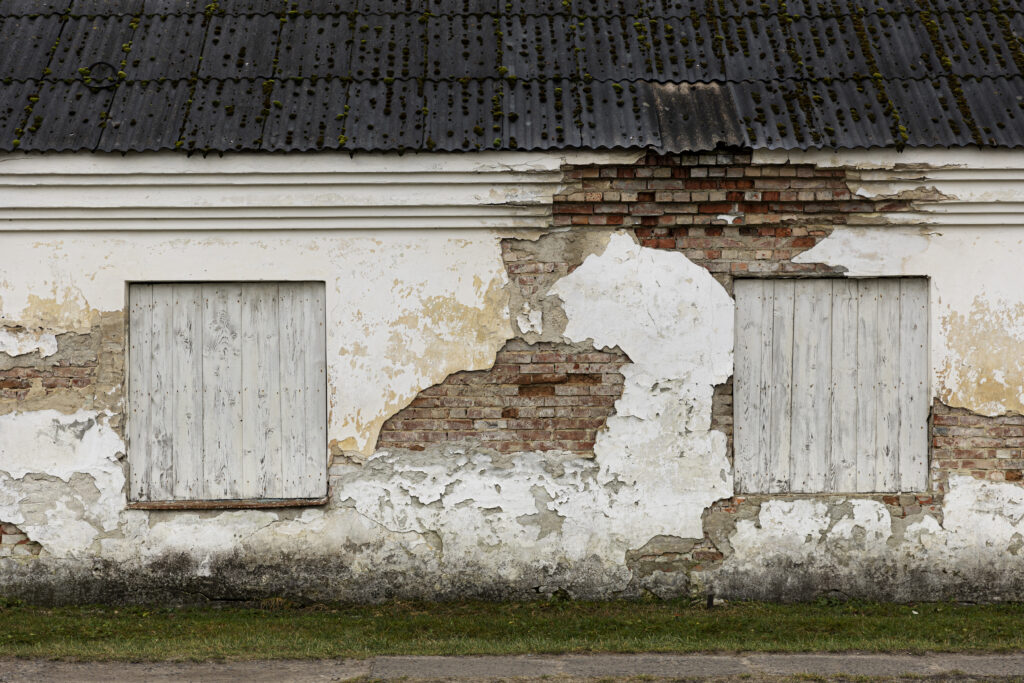In the construction industry, ensuring the longevity and structural integrity of buildings is of paramount importance. One crucial element in achieving this is the implementation of damp proofing also known as damp proof course (DPC). A damp proof course is a layer of material inserted into the walls or floors of a building to prevent moisture from rising through the structure. This article will explore the significance of DPC in construction, shedding light on its use, advantages, and the essential role it plays in preventing dampness and mould growth.
The Importance of Damp Proofing in Construction
Dampness is a common problem that can plague buildings, leading to costly repairs and potential health hazards. Moisture can seep into structures through various means, such as groundwater, rainwater, or condensation. Without effective prevention measures, this moisture can cause dampness, mold growth, and even structural damage. This is where a damp proof course comes into play. By creating a barrier against moisture, a DPC helps to maintain the structural integrity of a building and safeguards its occupants from potential health risks associated with dampness and mould.
What is DPC Plastic and Its Use in Damp Proofing?
DPC plastic is a widely used material for creating damp proof courses. It is typically made of high-density polyethylene (HDPE), a durable and impermeable plastic that effectively prevents the penetration of moisture. DPC plastic is installed horizontally within the walls or floors of a building, acting as a barrier to the upward movement of water. This prevents rising damp, which is the process whereby moisture from the ground travels upwards through the capillaries of the building materials. By utilising DPC plastic, construction professionals can effectively protect buildings from the detrimental effects of moisture.
Advantages of Damp Proofing
Investing in damp proofing offers several significant advantages for both the construction industry and building occupants. Firstly, a DPC helps to maintain the structural integrity of a building by preventing dampness and moisture-related damage. It minimises the risk of cracks, crumbling, and rotting of building materials, ensuring the longevity of the structure. Additionally, a damp proof course acts as a thermal barrier, preventing heat loss and reducing energy consumption. This can lead to substantial savings in terms of heating bills and contribute to a more environmentally friendly building.
-
Prevents Rising Damp:
The primary purpose of damp proofing is to prevent rising damp, which occurs when ground moisture moves upward through capillary action, leading to damp and damaged walls. A properly installed DPC acts as a barrier, preventing moisture from entering the building structure.
-
Preserves Structural Integrity:
Moisture can weaken the structural integrity of a building over time. By preventing dampness, damp proofing helps maintain the strength and stability of the walls and foundation, prolonging the lifespan of the structure.
-
Reduces Health Risks:
Dampness can lead to the growth of mold, mildew, and fungi, which can adversely affect indoor air quality and pose health risks to occupants. By keeping the building dry, damp proofing contributes to a healthier indoor environment.
-
Protects Building Materials:
Dampness can damage building materials like plaster, paint, wood, and even steel reinforcement. By keeping moisture at bay, damp proofing helps preserve the condition of these materials, reducing the need for frequent repairs and replacements.
-
Prevents Staining and Discoloration:
Moisture can cause unsightly stains and discoloration on walls and ceilings. Damp proofing prevents these aesthetic issues, keeping the interior and exterior of the building looking clean and well-maintained.
-
Enhances Energy Efficiency:
Damp walls can lead to higher humidity levels inside the building, making it harder to regulate temperature. By preventing dampness, damp proofing can contribute to better energy efficiency by allowing heating and cooling systems to work more effectively.
-
Preserves Insulation Performance:
Dampness can compromise the effectiveness of insulation materials. Damp proofing helps protect the insulation from moisture, allowing it to retain its thermal properties and contribute to a comfortable indoor environment.
-
Reduces Maintenance Costs:
Buildings with damp issues often require more frequent maintenance and repairs. By damp proofing your building, property owners can save on maintenance costs in the long run, as the need for repairs related to dampness will be minimized.
-
Prevents Odors:
Dampness can lead to musty and unpleasant odors in buildings. Damp proofing helps keep the indoor environment smelling fresh and clean.
-
Preserves Property Value:
Buildings with damp problems tend to lose value over time due to the associated structural and aesthetic issues. Damp proofing helps maintain the property’s value by preventing these problems from arising.
-
Compliance with Regulations:
Many building codes and regulations require the installation of a damp proof course to ensure the long-term durability and safety of a structure. Damp proofing ensures compliance with these standards.
Investing in a damp proof course offers a myriad of compelling advantages, and by opting to install this critical building component, you are not only ensuring the immediate well-being of your structure but also making a forward-looking commitment to its enduring health, structural robustness, and aesthetic allure, thereby safeguarding its long-term value and overall appeal.
The Role of DPC in Preventing Dampness and Mould Growth
Dampness and mould growth can have detrimental effects on both the structural integrity of a building and the health of its occupants. Damp conditions create an ideal environment for mould to thrive, which can lead to respiratory problems, allergies, and other health issues. By installing a damp proof course, moisture is effectively prevented from entering the building, eliminating the conditions necessary for mould growth. This not only protects the building materials but also ensures a healthy indoor environment for those living or working in the structure. Read more here.
Key Takeaway
In conclusion, damp proofing is an essential component in the construction industry, providing numerous benefits and revolutionising the way buildings are protected from moisture-related issues. By implementing a DPC, construction professionals can prevent dampness, mold growth, and structural damage, ensuring the longevity and safety of the building. Additionally, damp proofing offers a durable and impermeable solution to the problem of rising damp. Investing in damp proofing not only safeguards the structure but also improves energy efficiency and promotes a healthy indoor environment. When considering new construction or renovations, it is crucial to recognise the importance of a damp proof course and the long-term advantages it brings to the construction industry.

